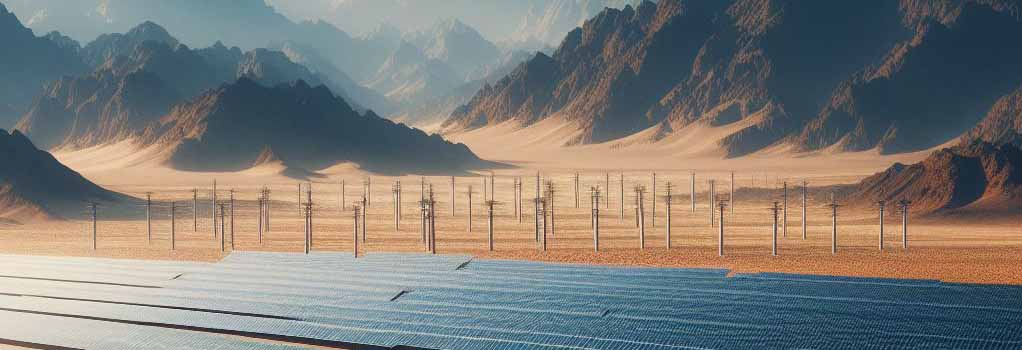




U.S. West Coast refiners are using more hydrogen purchased from merchant suppliers than from their own production. From 2012 to 2022, hydrogen purchased by refiners in the region increased 29% to about 550 million cubic feet per day (MMcf/d). Over the same period, on-site refinery-produced hydrogen production from natural gas fell 20% to about 330 MMcf/d. Merchant suppliers accounted for more than 62% of the hydrogen consumed by West Coast refineries in 2022.
This RSS Feed is provided by the U.S Energy Information Administration
05-07-2024
In the past 10 years, more than 34 gigawatts (GW) of nuclear power capacity were added in China, bringing the country's number of operating nuclear reactors to 55 with a total net capacity of 53.2 GW as of April 2024. An additional 23 reactors are under construction in China. The United States has the largest nuclear fleet, with 94 reactors, but it took nearly 40 years to add the same nuclear power capacity as China added in 10 years.
This RSS Feed is provided by the U.S Energy Information Administration
05-06-2024
In the first part of our two-part series on Japan's energy policies in the electric power sector, we examined policies affecting generation from non-fossil fuel sources, namely renewable sources and nuclear generation.
This RSS Feed is provided by the U.S Energy Information Administration
05-02-2024
Over the last several years, the Japanese government has announced energy policies aimed to achieve carbon neutrality, or net-zero greenhouse gas (GHG) emissions, by 2050 by lowering emissions in the electric power, industrial, and transportation sectors. In the electric power sector, government policies set 2030 targets, which include accelerated investment in renewable capacity, increased use of nuclear generation, and reduced use of fossil fuels for electricity generation. Japan's government called the package of energy policies and their targets "ambitious." Energy security considerations may affect the progress and pace of decarbonization in the electric power sector.
This RSS Feed is provided by the U.S Energy Information Administration
05-02-2024
Georgia Power announced this week that the 1,114-megawatt (MW) Unit 4 nuclear power reactor at Plant Vogtle near Waynesboro, Georgia, entered into commercial operation after connecting to the power grid in March 2024. The commercial start of Unit 4 completes the 11-year expansion project at Plant Vogtle. No nuclear reactors are under construction now in the United States.
This RSS Feed is provided by the U.S Energy Information Administration
05-01-2024
